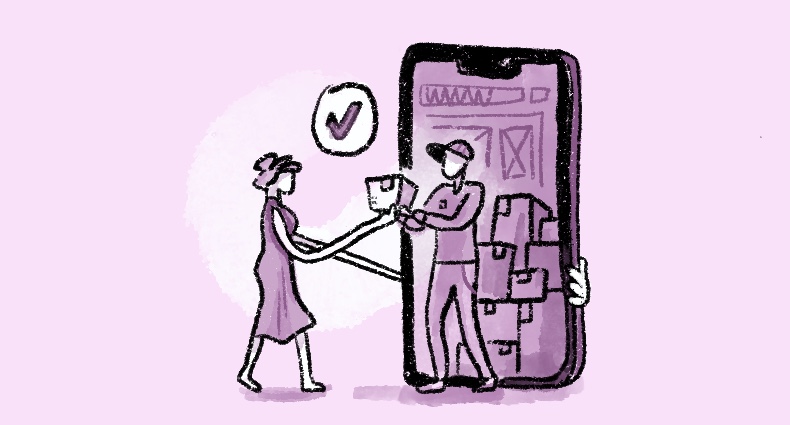The pandemic has been disruptive in every way and has impacted the way we choose what to buy and how to do it. While some of these changes may disappear or be transformed, many others will persist. In this article, we are going to tell you which ones are staying and how to take advantage of them.
We have read a lot and we have plenty of knowledge about how the Covid-19 pandemic changed consumer behaviors. Across industries and regions,people have prioritized the essentials and have reduced impulsive purchases.
At the same time, in a context of closed stores, reduced hours, and social distancing requirements, people turned to e-commerce, which grew 27.6% worldwide in 2020, according to eMarketer.
As marketers look toward a post-pandemic future, one of the main questions that pops up is, “Which of these changes is most likely to persist?”
One of the first aspects that stands out is that the pandemic has reinforced the need for brands and retailers to continue to focus on allowing people to buy when they want, how they want, and where they want. And, at the same time, they must also provide excellent and frictionless experiences.
Zooming in on online retail, the research, which brings together data from Mexico, Colombia, Chile, Peru, and Argentina, reveals the main reason that motivates shoppers Whether for consumer goods such as clothing, footwear, accessories, and home and garden, stocking or restocking a product is what triggers a purchase, both today and in the future.
Here are 3 important points to start taking action:
- Structure your teams and budgets to be omnichannel
Search is crucial in all regions and categories. Online recommendations are important. Online recommendations are important. But the rise of e-commerce doesn’t mean that offline touchpoints have become obsolete.
For example, while we see an increase of 56% in the number of people who say will buy mass consumer goods (CPG) online in the future, the majority (66%) still plan to buy in store. And in some areas of personal finance (banking, credit cards, insurance), more than 70% of people still find speaking with a live customer service representative very helpful.
Thus, the ideal is to build a solid omnichannel experience, which includes e-commerce, home delivery or store pickup.Brands must provide satisfaction, utility and security, both onlineand in store, in order to provide relevant solutions to all types of consumers.
- Pay attention to pain points
Regardless of the purchase method, brands must provide support throughout the purchase journey and remove obstacles along the way. More than 25% of consumers in the markets and industries we researched/ analysed report pain points such as availability, payment problems, and customer service.
- Invest in your own website or app
While Search is the most widely used and useful point, across multiple categories, brand/ retail websites or apps are also among the most relevant touchpoints along the shopping journey.
Source: Think with Google


